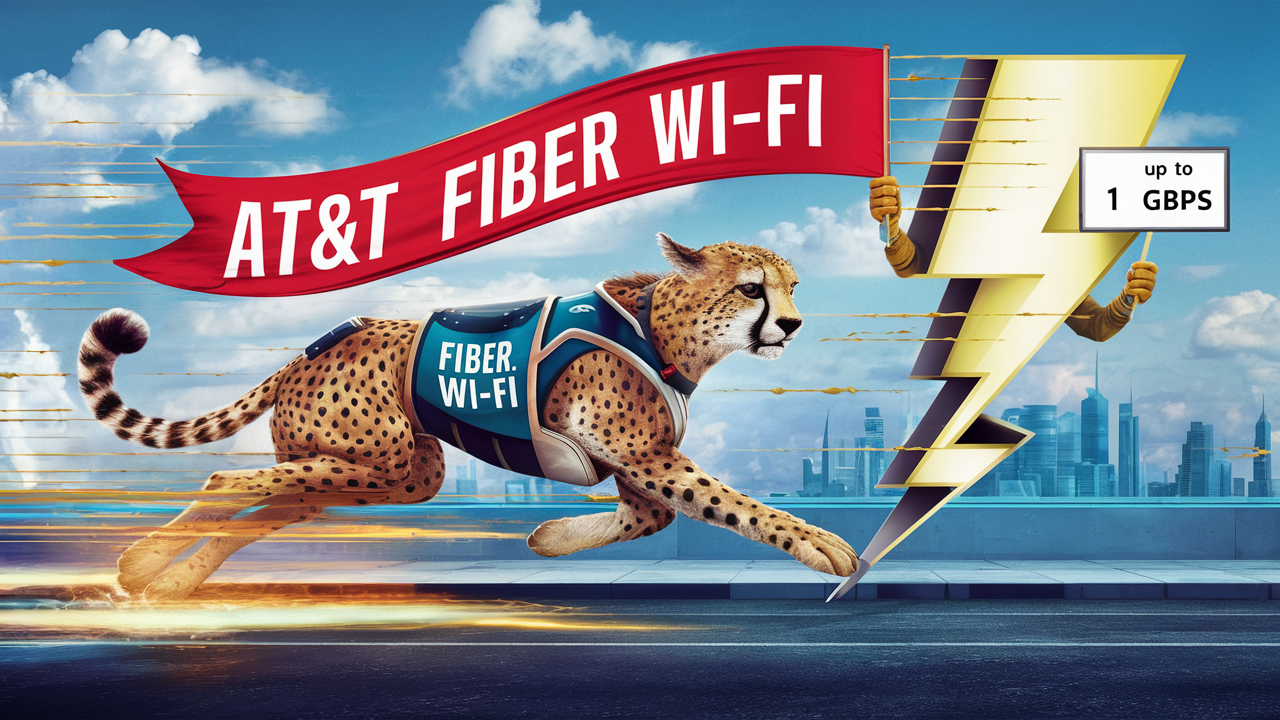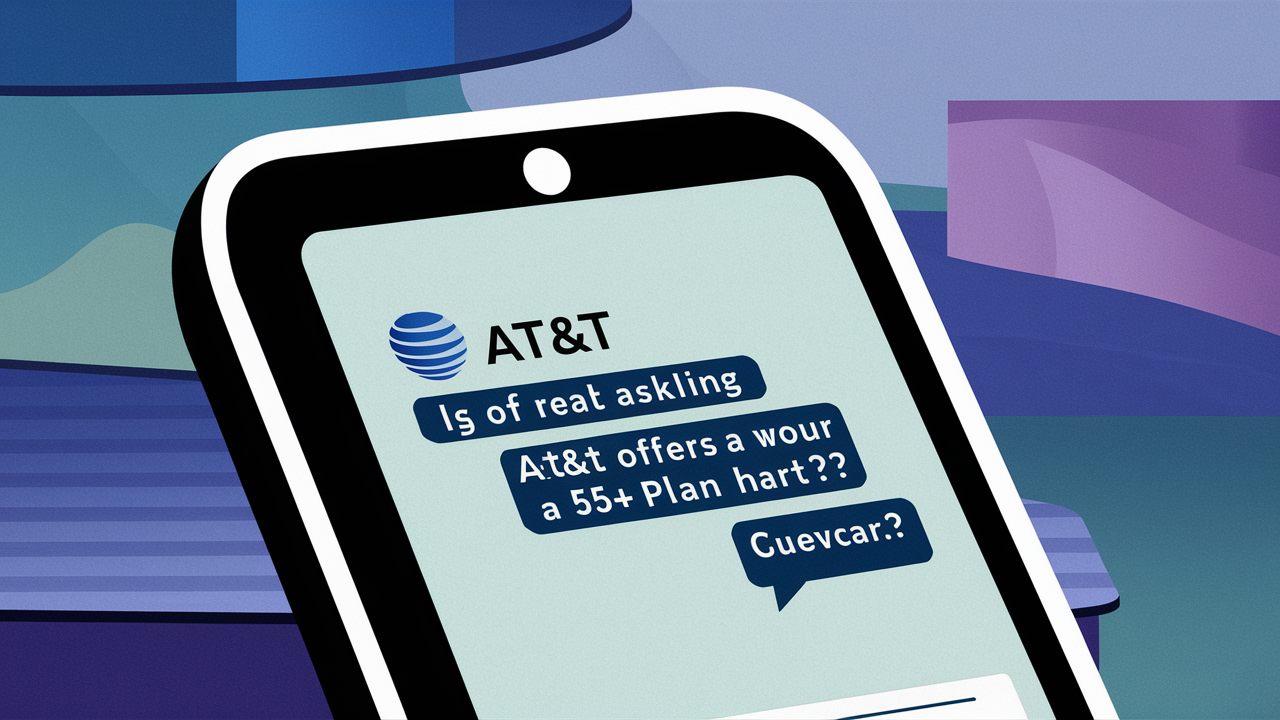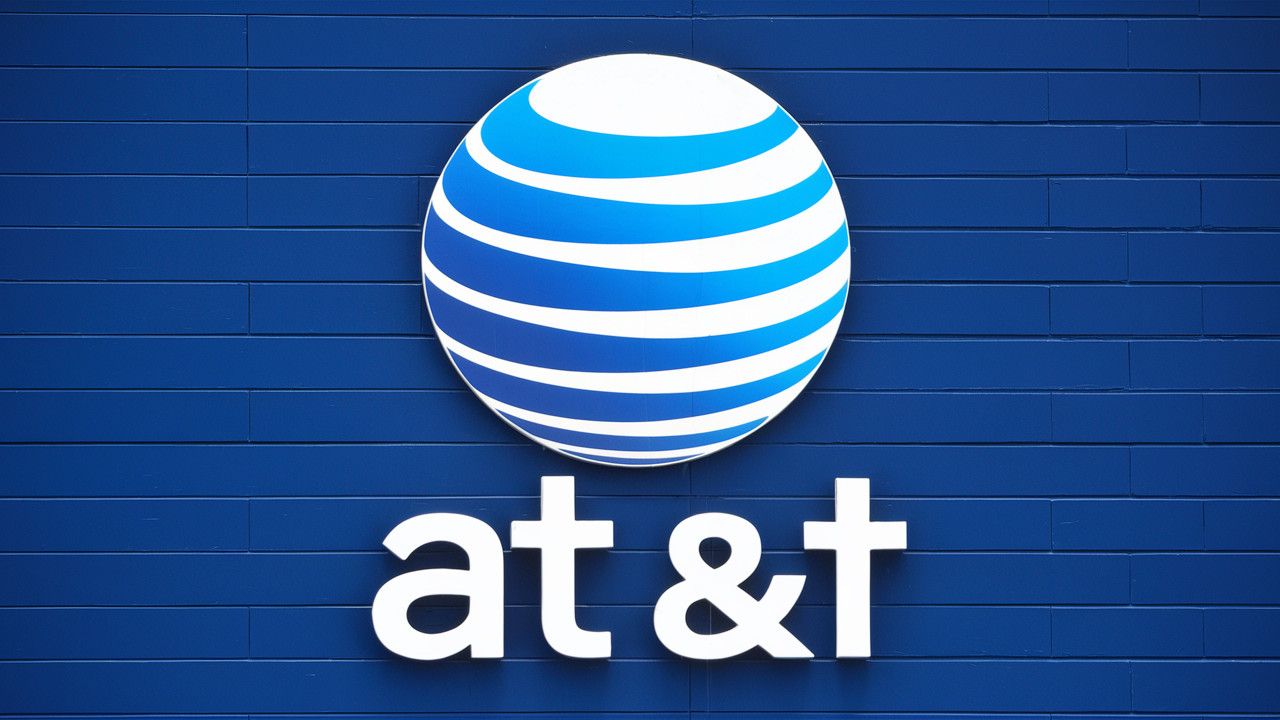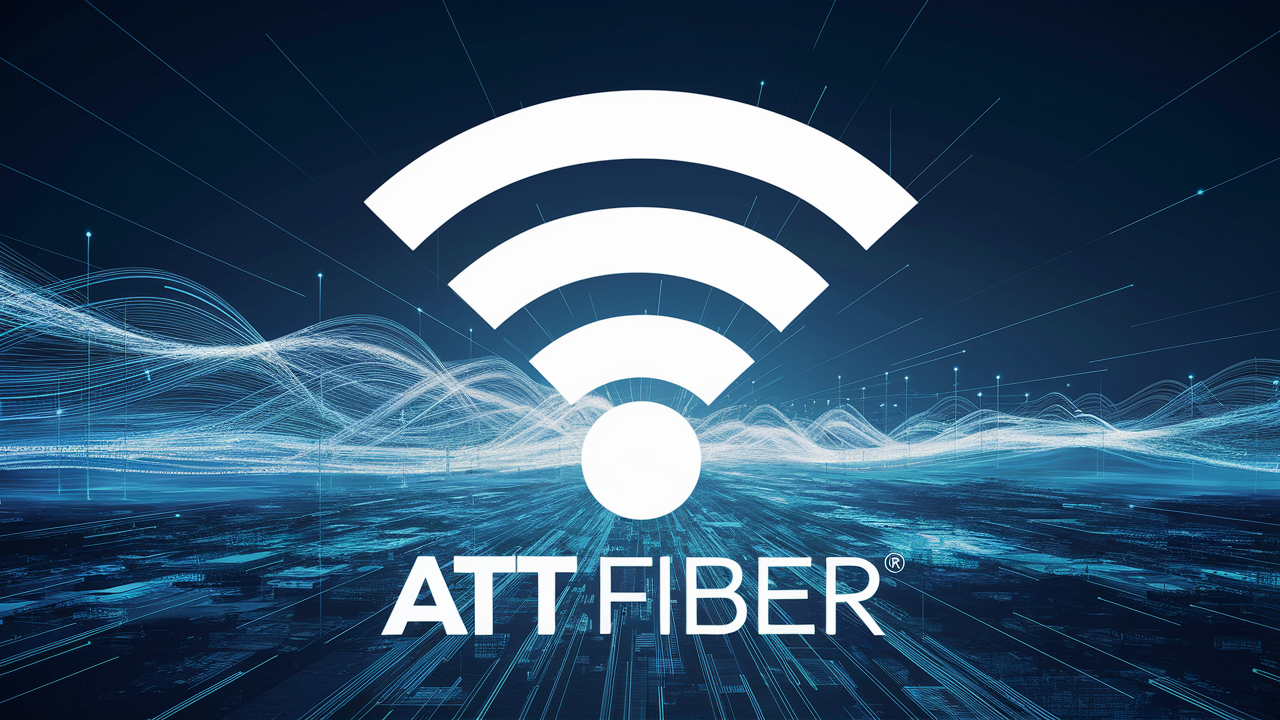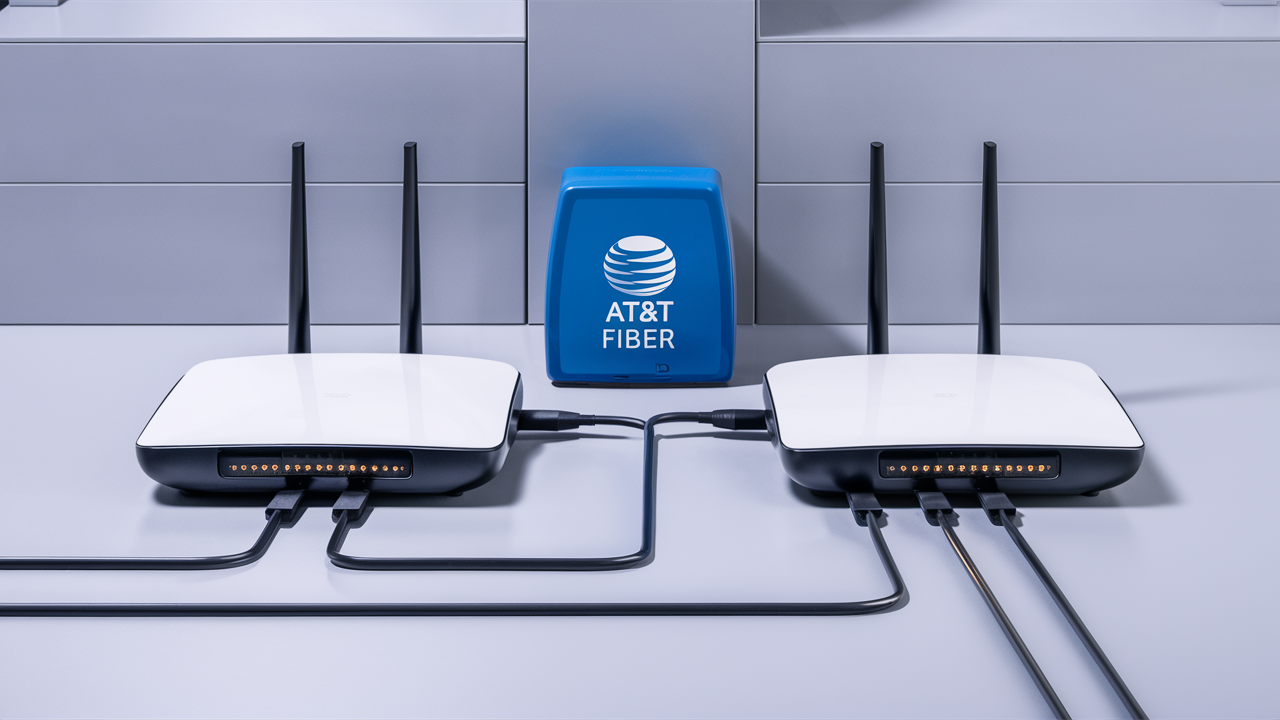
AT&T fiber is a broadband internet connection, which relies on fiber optic cables to offer internet services that can reach up to 1Gbsp. This guide is an answer to the question many customers have where they are trying to connect two routers to AT&T fiber to either boost Wi-Fi or to use it for separation. To answer your question directly: Yes, you can have two routers connected to an AT&T fiber, but some considerations are necessary.
First of all, note that what Internet service Provider and sets up at your home is not just a modem but an ONT (optical network terminal) that includes the functions of a Modem and a Wi-Fi router and a wireless access point. Because this wireless gateway is the modem and the principal router in one, you need to perform the IP passthrough or bridge mode so that the second router can handle the routing work.
Once bridged, you will only be dependent on your customer-purchased routers like eero, Netgear Nighthawk, etc. for Wi-Fi, routing, firewall protection, and more. The only function that the AT&T gateway performs in bridge mode is to act as an ONT fiber and to validate the connection on the AT&T network. To summarize, once IP passthrough has been enabled, your router operates as expected and the AT&T gateway remains out of the picture.
With that in mind, you have two options to implement a second router
1. Cascade routers
2. Connect the second router as a switch, with at least one access point (AP).
The cascading approach just involves ensuring that the WAN port of the second router is connected to any of the available LAN ports of the primary router. Hence the second router is an additional router that forms part of the network unlike the first router that independently routes and handles DHCP. The primary router is managing all IP address assignments for all devices connected to it or the secondary router.
The benefit of cascading is that it will still enable you to manage the networks from within the one main router. The secondary router only provides Wi-Fi and the wired connectivity to its own AP without routing or assigning its own DHCP, firewall protection, etc. The same LAN is used in all of your routers to avoid having to switch networks as you move around.
Some key things to note with the cascading approach
- One thing remains the same and that is the need to have another wireless network name and security password for the second router.
- However, as you will be using the two routers, you will need to disable DHCP on the secondary router to avoid IP clashes.
- They may also be configured to turn off routing, firewall and other features that you may wish to leave only for the main router to manage.
The second option to configure the additional router is to do it in Access Point (AP) mode. In AP mode, the router isolates routing capabilities so that it functions only a smart network switch with Wi-Fi AP. Similar to cascading, you’ll have to turn off DHCP and other router functions, so that your primary router controls the network, while the secondary one is responsible for Wi-Fi and switch ports only.
The use of router in AP mode has the advantage of maintaining all routing controls and IP assignments within a single router while at the same time offer you a second independent wireless network which you can name and password differently from the primary Wi-Fi network. It is not necessary to manually switch the connections between the two Wi-Fi points as the devices are switched between the two points automatically while moving around.
One key thing to remember about the dedicated AP mode paradigm is that wired or wireless devices associated with the AP obtain IP addresses that come from the primary router but belong to a different IP network. This means that the devices appear with one part of the network while on the other part, the gateway router and the AP, it is different.
In conclusion, while the cascaded structure maintains all devices in one segment of the network, the AP retains the segmentation of networks. Both accomplish the task of having a second router to cover a larger area with Wi-Fi connectivity. The final outcome of cascading routers or setting up one router in dedicated AP mode depend on the exact requirements and the preferences of controlling the network(s).
Regarding which router to use as the second device, remember most home routers equipped with an AP mode, while wireless routers specially designed to function as access points might be the most appropriate for Wi-Fi extension tasks. In either case, seek AC Wave 2 Wi-Fi radios and external antennas among the latest products. Additional AP/nodes either eero or Orbi type Mesh Wi-Fi systems can also perform very well as dedicated APs or nodes behind your primary gateway router.
The only drawback remains Wi-Fi or Ethernet ports when it comes to AT&T fiber and having more than one router. In the same ONT gateway, there are only four LAN ports to manage the devices and the secondary routers connections. For more wired options, an unmanaged Ethernet switch can be hooked up to the gateway to increase your wired ports. It simply means that when designing your extended network, you should be conscious with the total throughput that the ONT router supports.
To summarize, it is possible to boost the AT&T fiber Wi-Fi with additional routers arranged in cascade or AP types. Just keep in mind that if the secondary device supports some of the router’s functions, it must be turned off to prevent interference with the primary gateway. In the right context, extra routers are practical means to address the issues of Wi-Fi ‘blind spots’ and give you choices of the enlarged networks and subdivisions. So , get fast fiber speeds and even faster whole home Wi-Fi connection with a two router system in AT&T’s fibre optic network.
Call (844) 905-5001 to get a new AT&T connection now!
Read More:
Do I have to rent a modem from AT&T?
How can I increase my ATT fiber WiFi speed?
Does AT&T provide free WiFi extenders?
Can I use my existing router with fiber?
Can I use a third-party router with ATT fiber?
